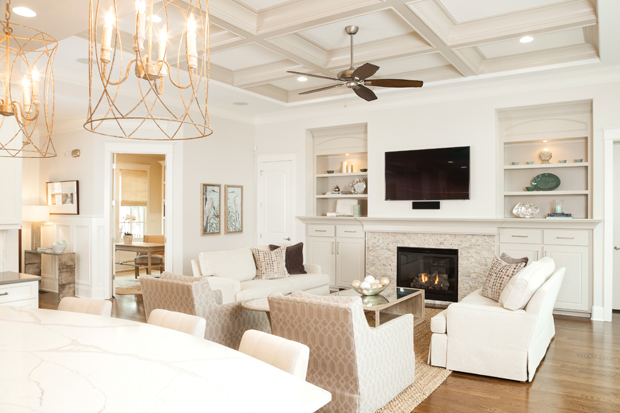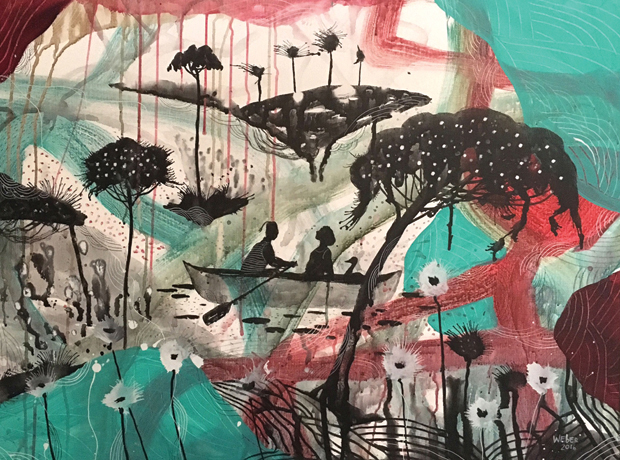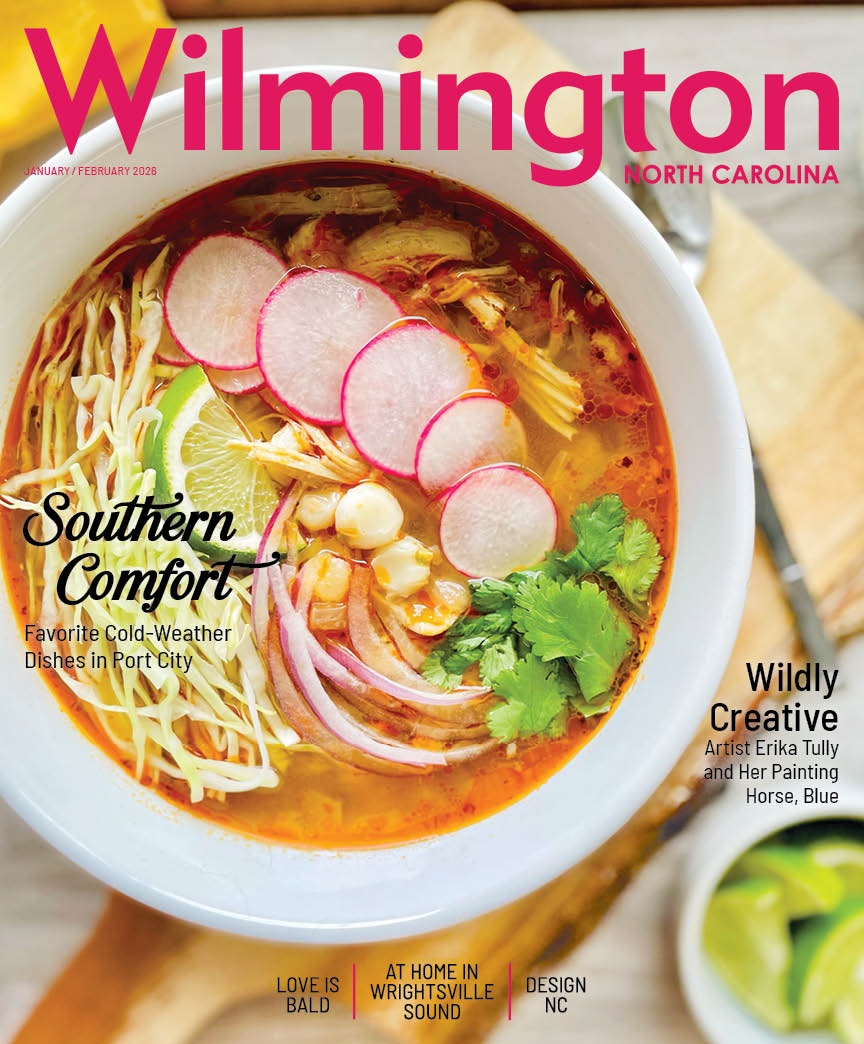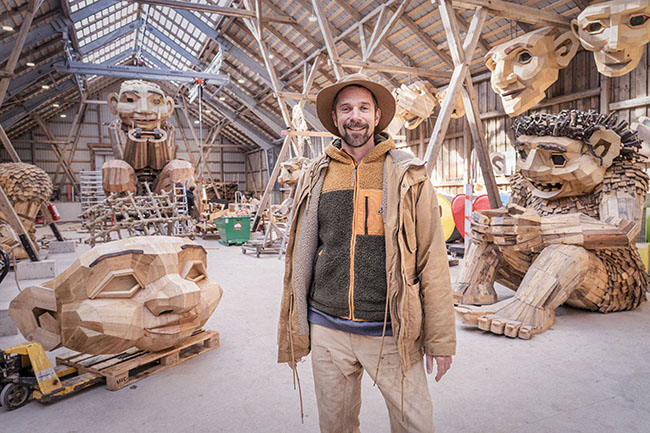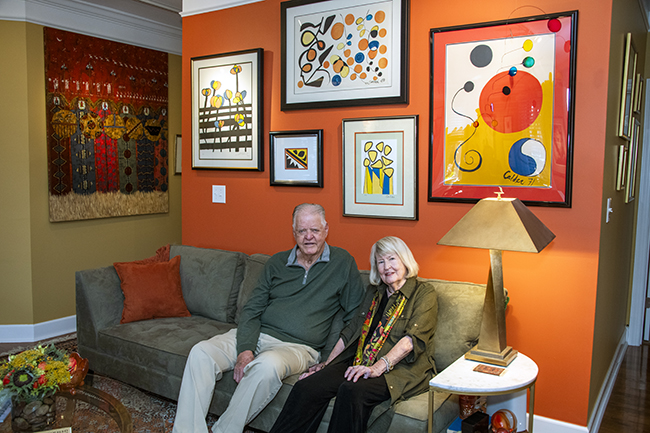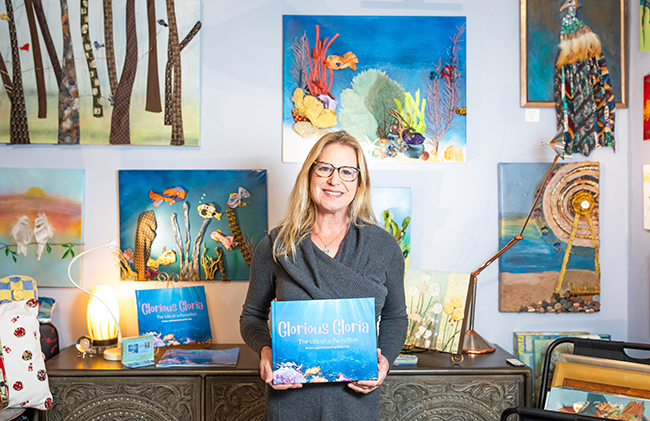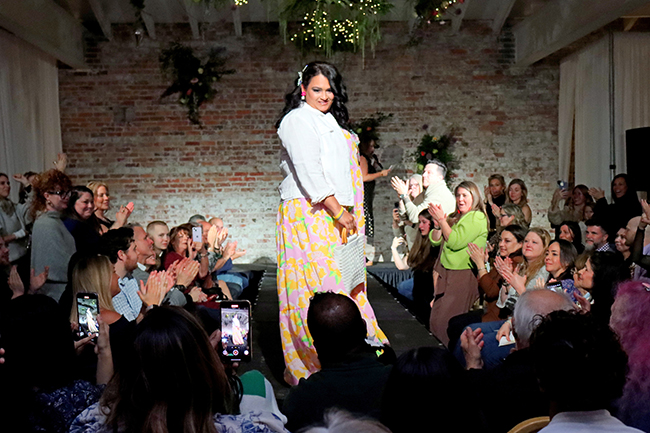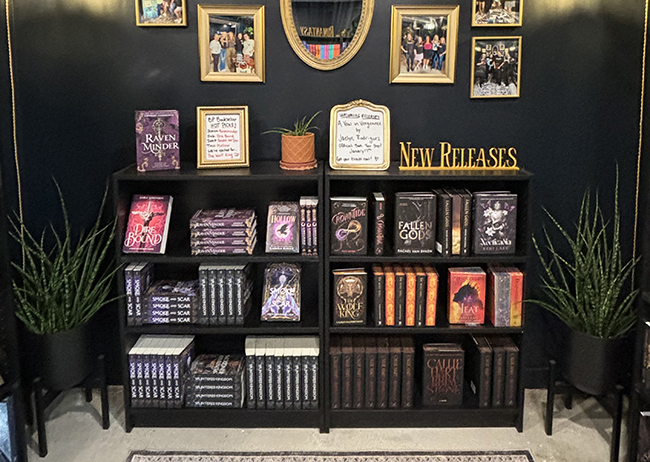A Seabird’s Vigil
17 Jul 2017
Our writer’s personal quest to save an injured Loon
By JAMIE LYNN MILLER
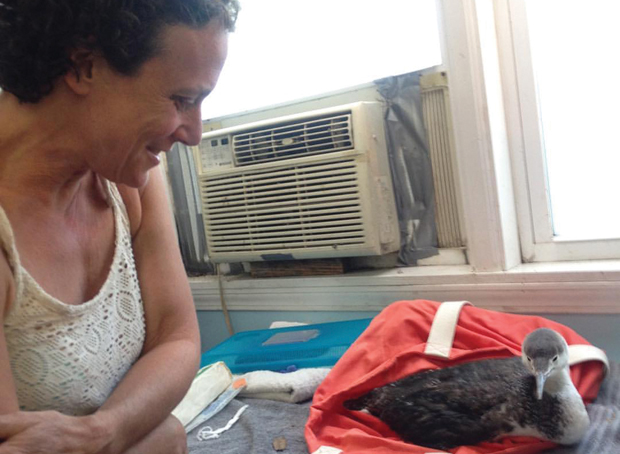
I was visiting my friend Laura in North Topsail. Through the haze that follows a solid nap on the beach, I peered at something inching up the sand.
“What is it?” asked Laura.
Beach Patrol officers were nudging the creature with a plastic bag, moving it back toward the sea.
Laura and I rose from our towels and walked over to get a closer look. It was a bird, but it wasn’t flying, or flapping. It was flopping.
Back in the tide, the bird bobbed toward the horizon. The officers shrugged, and then drove off, thinking they’d moved the bird to safety.
Laura and I watched the bird float across the waves―and then, the bird did an about face. With a Herculean effort, he lugged himself onto shore and recommenced dragging his broken legs, now useless rudders, up the sand.
Two young girls of 8 or 9 joined our vigil. “He’s been here since this morning,” said the one with the braids. “We don’t know what’s wrong with him,” her friend added, with a shrug. “People were throwing sand at him and kicking him!” Her eyes widened in disbelief. She watched my face for signs of how to feel, and what to do next.
*******************
My mother died suddenly this past August, alone. She was heading to my sisters to walk the dog when an aorta ruptured.
Birding, as Mom called it, was a great passion. Sharing facts about all types of birds her kids failed to notice brought my mother a lot of joy, as well as occasional teasing. We kids joked about the running commentary that accompanied walks with Mom down her bike path near the San Francisco Bay, every time a bird appeared. Visits were peppered with Wikipedia-type notes on egrets, swans―even LBB’s (Mom’s shorthand for ‘Little Brown Birds’).
Truly, all things sea life mattered to Mom. Growing up near the Southern California seashore, my brother and I would follow Mom to the tide pools, that wonderland of barely-underwater life. The soft sea anemones that shrunk from our fingertips and closed in around them always made us squeal; there were the mussels and sea urchins (not as fun to touch), and the spiny beauty of starfish, forever mysterious to my 7-year-old self.
40 years later and a coast away, that ‘someone threw sand’ at this sick, weak bird, and kicked it, brought hot tears. Suddenly, the bird was the most important thing in the world.
I started making calls.
*******************
“We’ll be right back,” said the girl with the braids, an earnest look on her face. “We’re just going to check in with our mom and maybe go in the ocean for a minute, but we’ll come back.”
I smiled at them. “Oh, you girls are so great. Go ahead; we’ve got it from here. Thank you for doing such a good job of caring for him.”
They nodded, warming to the praise, and walked into the ocean, heads turning every now and then to look back at Bird.
“If you want to bring the bird in, we can get it squared away,” said the woman from Tails of Possumwood Acres Animal Sanctuary, where the non-emergency 911 referred me. “We’re open till 7. It’s probably severely dehydrated, but you won’t be able to feed or give it any water. It won’t take it.”
I pictured eye droppers, levers, special “bird in need” sustenance machines―and most of all, people who knew how to handle a bird in need.
“Any luck?” asked Laura.
I smiled a silly smile. “There’s an animal sanctuary in Swansboro, about 45 minutes from here. They’re open till 7 and she said he won’t last till morning and I know this is getting crazy. You don’t have to go, but I’m going.” I stopped as suddenly as I’d started, the rush of words mimicking the frenetic pace of the 911 call. Telling Laura all my thoughts seemed the only way to communicate how I felt about this situation.
She cocked her head. “Sure, I’ll go,” she said. “Let’s go.”
Laura demonstrated keen, birdlike instincts by closing the beak with her thumb and forefinger. The animal grew strangely calm. I manipulated the towel and scooped the bundle of feathers and sand into the orange canvas beach bag.
We placed it in the backseat of my beat-up Celica GT and started north.
*******************
The room overflowed with injured creatures of wing, foot, and tail, and busy volunteers tended to a group of tiny possums whose mother had been killed by an oncoming car. An elegant, brown-spotted owl with dark eyes stared at our intrusion.
With only one staff position of Volunteer Coordinator, recently funded through a grant, the sanctuary (possumwoodacres.org) relies on the efforts of hard-working animal lovers, the kind that spend Saturday nights huddled around motherless possums.
Toni O’Neill, licensed wildlife rehabilitator and founder of Possumwood Acres, surmised that Bird was a Pacific Loon—and a girl, judging from her size.
Laura named her Luna.
“It could be any number of things,” said O’Neill. With a Bachelor of Science in Zoology, O’Neill’s specialty is songbirds and shore birds. “We’re happy to send you updates,” said O’Neill.
The soft dome of Luna’s head appeared from beneath the terry cloth and her black eyes fluttered open, shut, open at the sudden daylight… The eyes blinked once, then twice, and stared into mine. She cocked her head, beak slightly open, and sank into her cardboard nest.
Sunrise brought brilliant pinks and yellows, and a crew of small birds left footprints next to mine. I waited until 9 or so, what seemed like a decent hour to bother an animal sanctuary on a Sunday morning. “She’s doing well!” said the volunteer. “She went to sleep on a full belly.”
Laura and I toasted Luna’s health over strong coffee and tofu scramble.
*******************
Mid-week, on my porch in Wilmington, Luna was still on my mind. Just a quick call, I decided. Just to be sure.
“Could you hold for a minute?” Today’s volunteer sounded less upbeat.
“Thanks for waiting. I’m really sorry, but the loon didn’t make it. It seemed like she was recovering —that happens sometimes, unfortunately, with sea birds. She was with us last night, but not this morning.”
The volunteer said O’Neill would do a necropsy―the bird version of an autopsy―and determine the exact cause of death. “We can give you a call when the necropsy’s done and let you know what we find,” she offered. “Please call us if you have questions.”
No questions.
I sat on the front steps. Should we have left Luna on the beach? Was that what nature intended?
It didn’t matter. Leaving her gasping for breath, alone, felt impossible. Because I am a mother’s daughter, I’d followed my heart. That was the only option.

